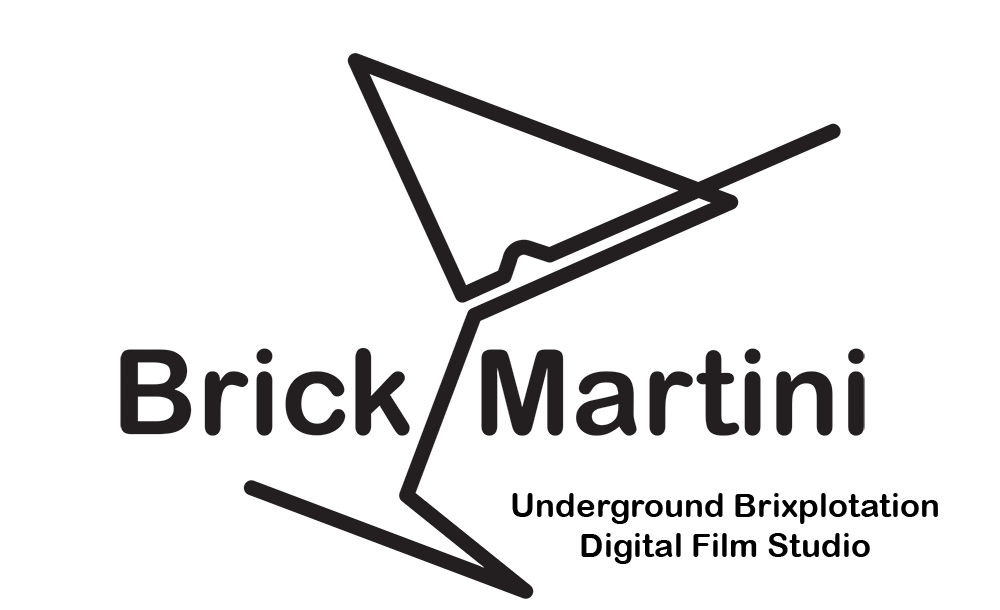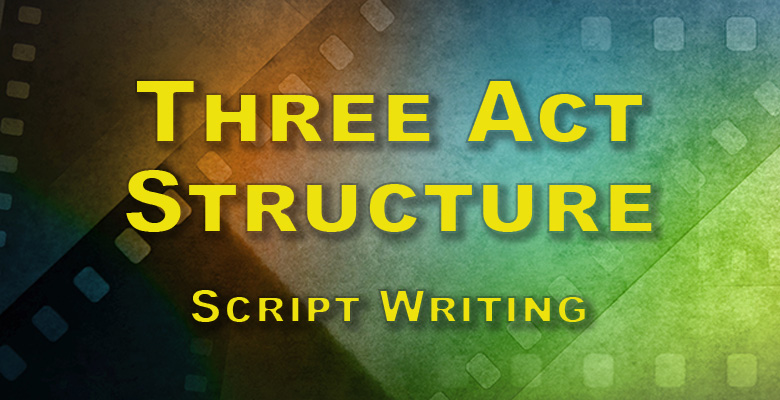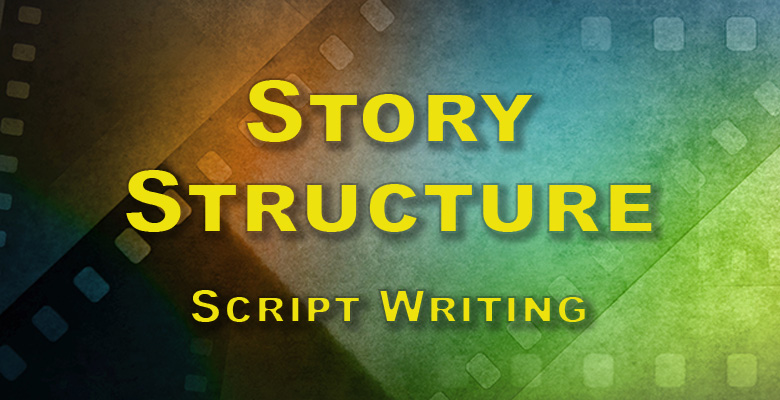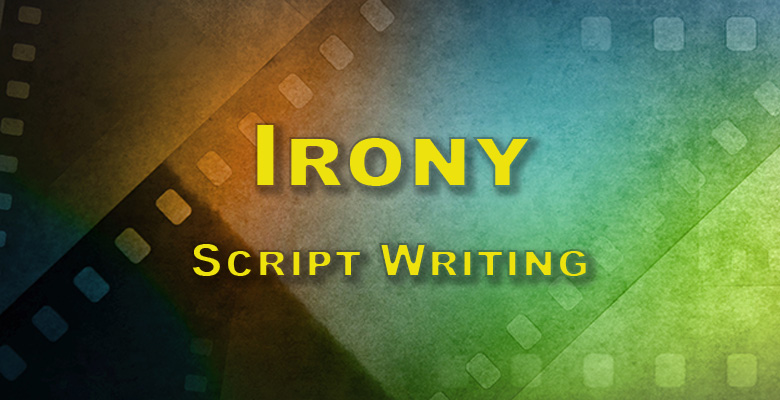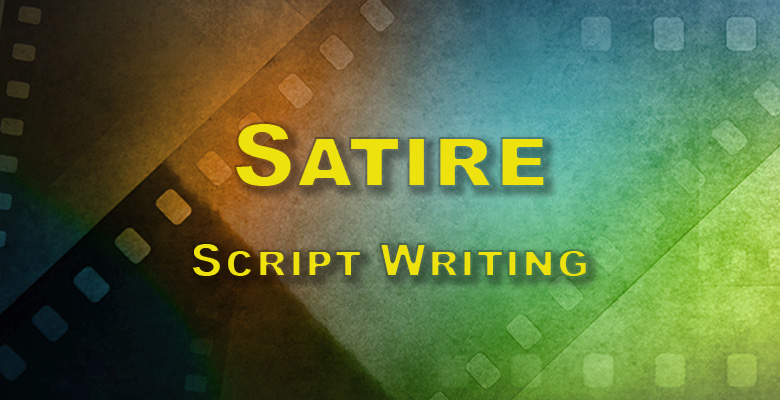Genres are categories that classify and group various forms of literature, film, music, and other media based on shared stylistic, thematic, or structural criteria. They help creators set expectations and conventions for their work and allow audiences to identify the type of content or narrative they can anticipate. Here’s an overview of genres, focusing primarily on literature and film:
Common Literary Genres:
- Fiction:
- Fantasy: Involves magical elements, fantastical creatures, and often takes place in imaginary worlds.
- Science Fiction (Sci-Fi): Explores futuristic concepts, space travel, time travel, advanced technology, and extraterrestrial life.
- Mystery: Centers on solving a crime or uncovering secrets.
- Horror: Aims to elicit fear or dread in the reader.
- Historical Fiction: Set in the past, often during a significant historical period.
- Romance: Focuses on romantic relationships.
- Non-Fiction:
- Biography: A detailed account of a person’s life.
- Autobiography: The story of a person’s life written by that person.
- Essay: A short piece that presents an argument or narrative from the author’s perspective.
- Travel & Adventure: Chronicles of journeys, explorations, or expeditions.
- Drama: A genre meant for theatrical performance.
- Poetry: Uses rhythmic and metaphorical language to convey emotions, stories, or ideas.
- Graphic Novels & Comics: Use sequences of illustrations with text to tell a story.
Common Film Genres:
- Action: Features intense physical feats, battles, and dynamic sequences.
- Adventure: Focuses on a journey or quest, often in exotic or dangerous locations.
- Comedy: Aims to entertain and elicit laughter.
- Drama: Focuses on realistic scenarios and emotional development.
- Horror: Seeks to scare or unsettle the audience.
- Thriller: Builds tension and suspense, often with elements of mystery.
- Fantasy: Incorporates magical or supernatural elements.
- Science Fiction: Deals with futuristic or speculative concepts.
- Western: Set in the American Old West, featuring cowboys and frontier life.
- Romantic: Concentrates on romantic relationships.
- Documentary: Non-fictional films that document reality.
Sub-genres and Cross-genres:
Many works don’t fit neatly into a single genre and may combine elements from multiple genres. For instance, a “Romantic Comedy” blends elements of romance and comedy. “Historical Fantasy” might incorporate magic or mythical creatures in a historical setting.
Considerations:
- Evolution of Genres: Genres aren’t static; they evolve over time. For instance, the conventions of the horror genre have changed considerably from Gothic horror tales to contemporary psychological horror stories.
- Audience Expectations: Genres help set expectations. A reader picking up a mystery expects a certain structure, like the presentation of a crime and its eventual resolution.
- Tropes and Conventions: Each genre has its own set of tropes (recurring themes or motifs) and conventions (established practices). Being aware of these can help writers either adhere to or subvert genre expectations.
- Genre-blending: Merging elements of multiple genres can result in fresh, innovative stories, but it’s essential to ensure a cohesive narrative.
Genres serve as a roadmap for creators and audiences alike, guiding the creation, interpretation, and enjoyment of stories.

